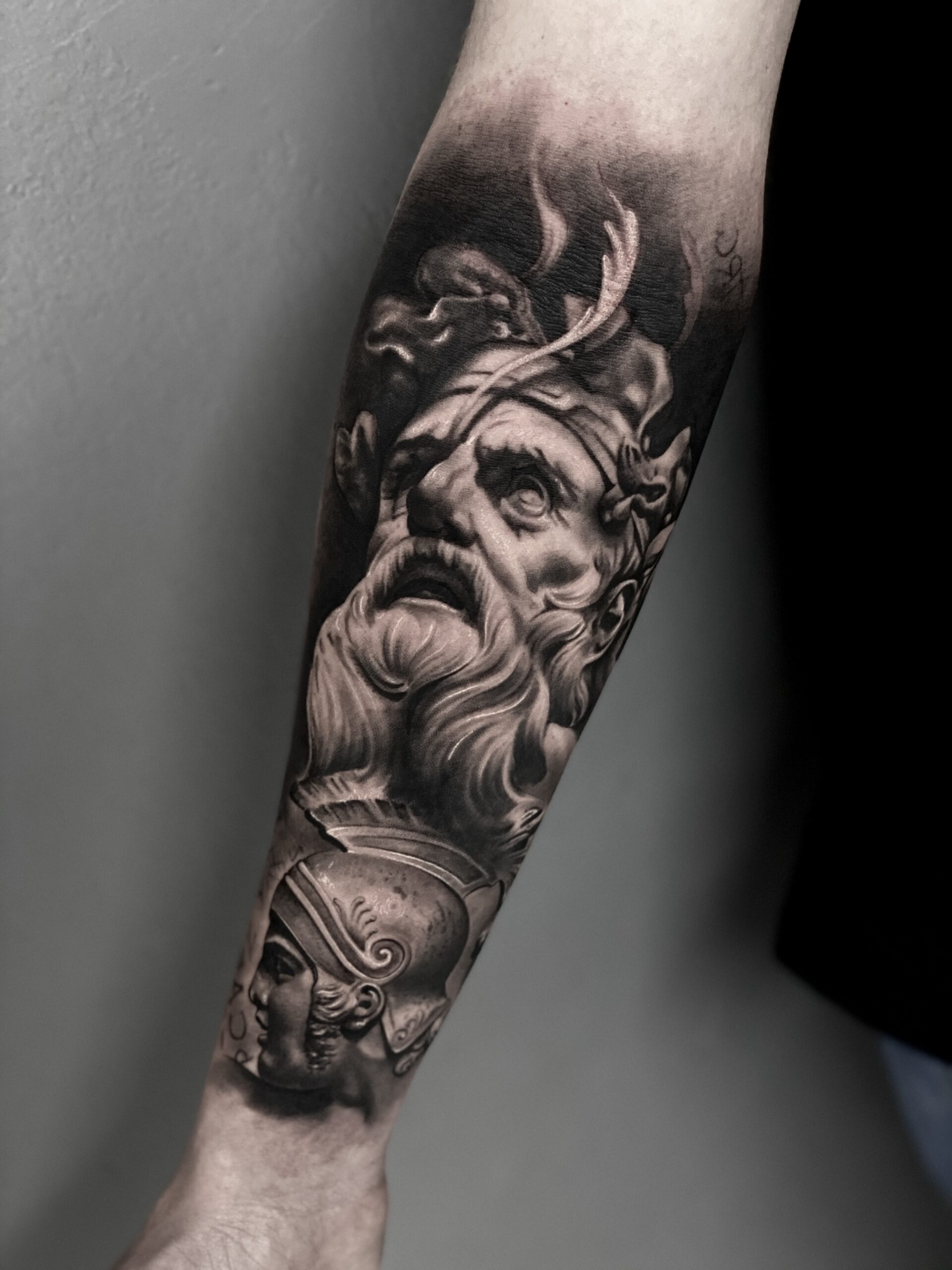Greek Sculptures
What are the main characteristics of Greek sculpture?
Aspects such as the representation of the human figure, the pursuit of perfection, the idealization of forms through symmetry and volume, the richness of details, and the depiction of movement are some of the main features of Greek sculpture, which were refined over time.
Ancient Greek sculpture generally refers to sculptural works created in Greece between the Daedalic period (650–600 BCE), when Greek art began to develop its own original style, and the final significant flourishing during the Hellenistic era, which lasted until around 100 BCE, by which time Greece was under Roman rule.
Sculpture is one of the most significant expressions of Greek culture. Beyond its intrinsic artistic merits in concept, technique, and form, it served as a highly valuable tool, embodying and illustrating a wide array of societal values. Greek sculpture was closely linked to various spheres of life and knowledge, including religion, politics, science, the decoration of public spaces and buildings, sports, education, and more.
Moreover, it influenced a wide range of other cultures throughout the Mediterranean basin, reached as far as India during the time of Alexander the Great, and had a decisive impact on Roman sculpture, just as it had earlier influenced Etruscan sculpture. Greek sculpture also shaped many of the key parameters of Renaissance and Neoclassical
Esculturas Gregas
Quais são as principais características da escultura grega?
Aspectos como a representação do homem, a busca pela perfeição, o idealismo das formas por meio da simetria, volume, a riqueza de detalhes e movimento são algumas das principais características da escultura grega que foram sendo aperfeiçoadas ao longo do tempo.
Escultura da Grécia Antiga é uma expressão que usualmente se refere às obras escultóricas criadas na Grécia entre o período Dedálico 650−600 a.C., quando a arte grega começou a formar um estilo próprio original, e a época do seu último florescimento importante, na chamada era Helenística, que durou até cerca de 100 a.C., quando o país já estava sob domínio Romano.
A escultura é uma das mais importantes expressões da cultura Grega. Além de possuir grandes méritos artísticos intrínsecos, tanto no terreno do conceito como da técnica e da forma, foi instrumento utilíssimo, sendo veículo e ilustração de uma série de valores daquela sociedade, estando ligada a inúmeras esferas da vida e do saber, como a religião, a política, a ciência, a decoração de espaços e edifícios públicos, o esporte, a educação, e outras. Mais do que isso, inseminou uma grande variedade de outras culturas da bacia do Mediterrâneo, penetrou até a Índia durante a época de Alexandre, o Grande, exerceu decisiva influência sobre a escultura Romana, como antes havia feito com a escultura etrusca, definiu muitos dos principais parâmetros da arte da Renascença e do Neoclassicismo, e é uma referência das mais relevantes mesmo nos dias de hoje para toda a cultura do Ocidente.



